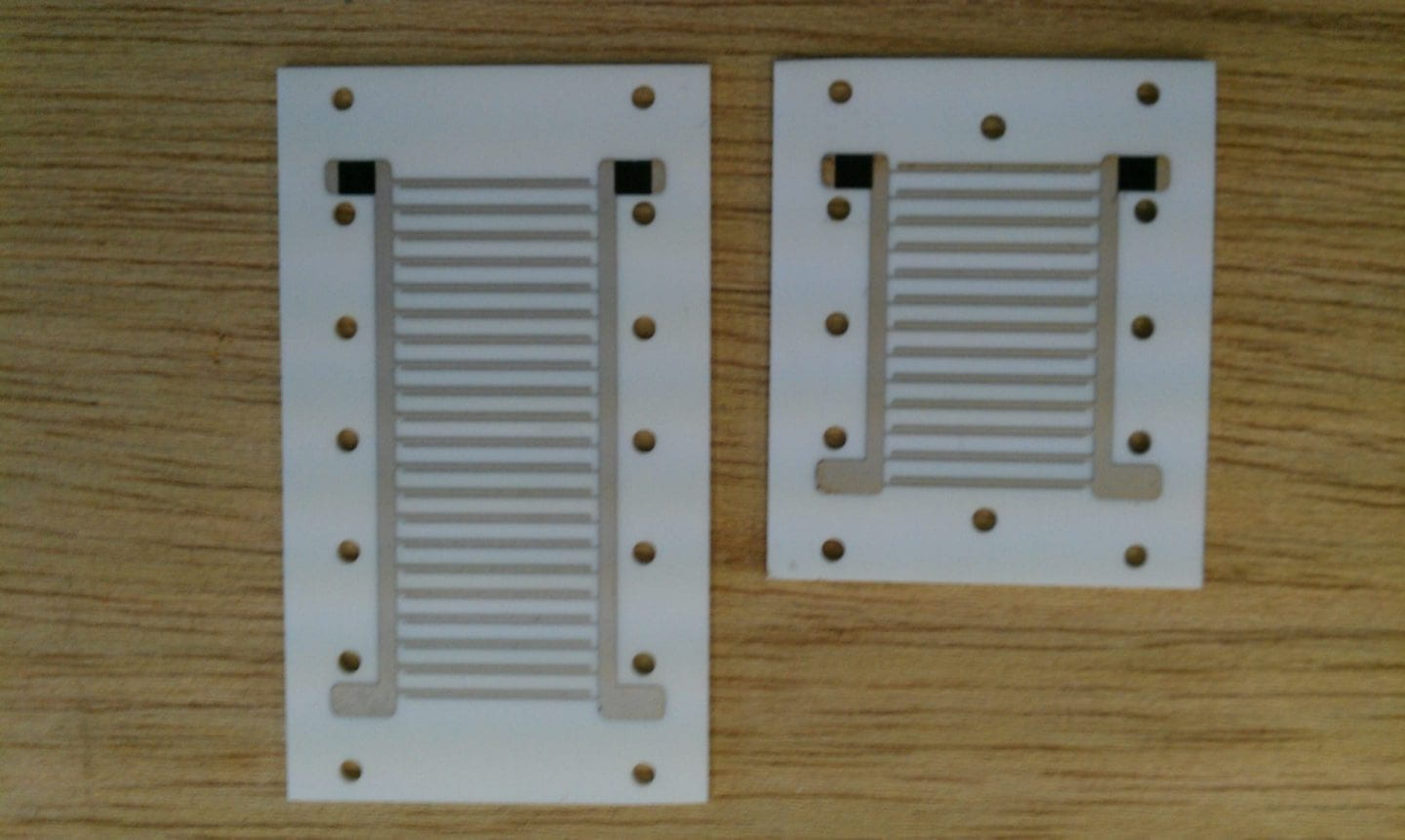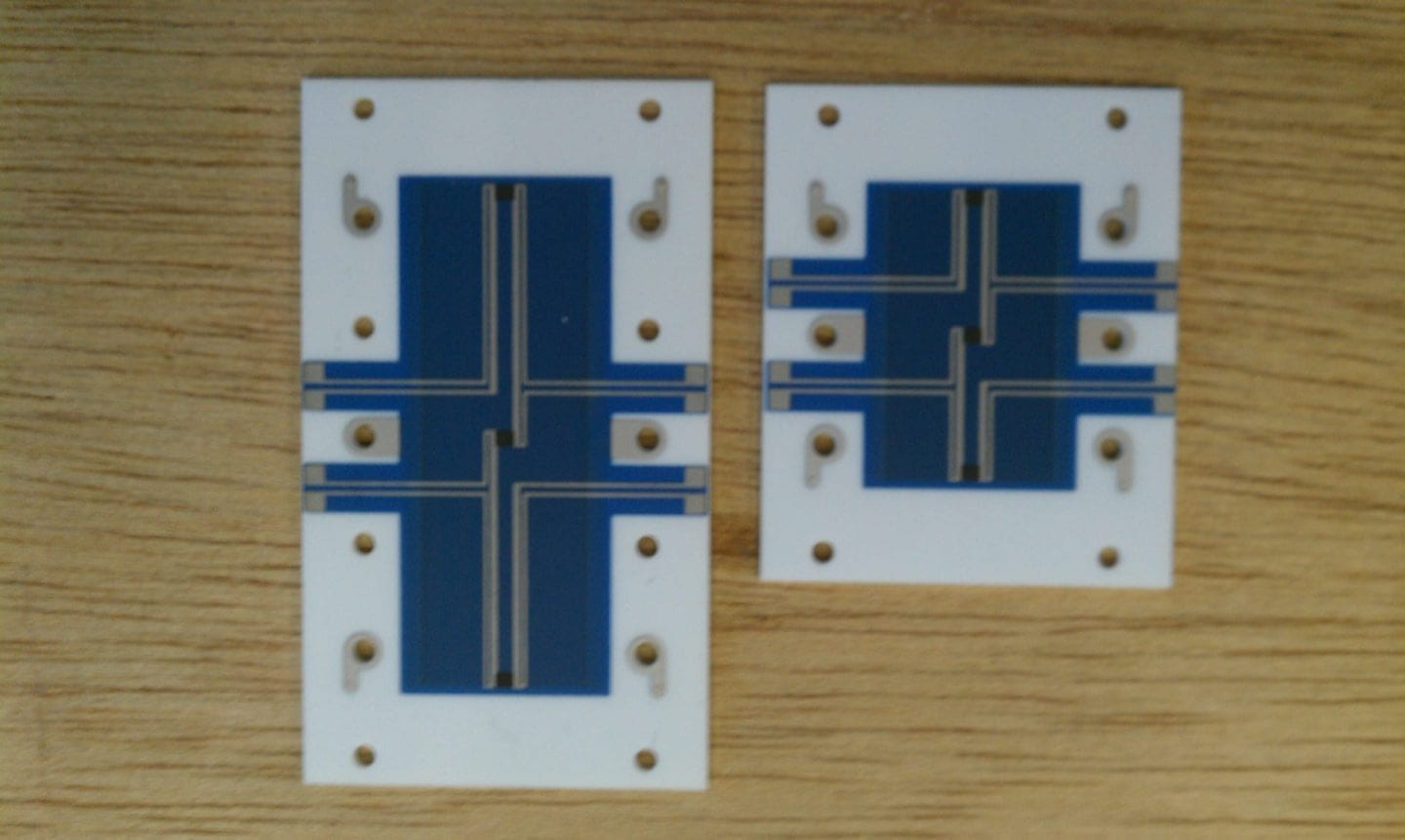A traditional liquid cooling system, whether it uses two-phase or single-phase heat transfer to effect the cooling, typically features a pump, evaporator, and condenser. (If the cooling system is single-phase only, then the names ―evaporator and ―condenser are more properly replaced with ―heat exchanger.) The pump drives the circulation of the fluid, which in turn transports heat from the evaporator to the condenser. When the heat transfer processes involve a change in phase of the working fluid, the overall setup is frequently referred to as a two-phase loop. In the context of applications, it is easy to foresee the benefits of a device in which the pumping head generation can be combined within the evaporator—it reduces the number of individual components in the system from three to two. This can equate to mass and space savings, which can be important if the cooling system is part of a portable system (e.g. a laptop computer) or other mass-sensitive system (such as a satellite).
In this study, two pumping sections exist: one standalone, adiabatic pump on the liquid line between the condenser and the evaporator, and a second, diabatic pump that is incorporated into the evaporator. Either pump can be isolated and bypassed, allowing for two configurations to be studied: one configuration in which the pump and evaporator are separate devices, and the other configuration in which the pump and evaporator are combined.
The bottom two images show two heater designs, with EHD electrodes printed on one side and a resistance heater and thermistors printed on the other side, to generate heat and measure wall temperature.




